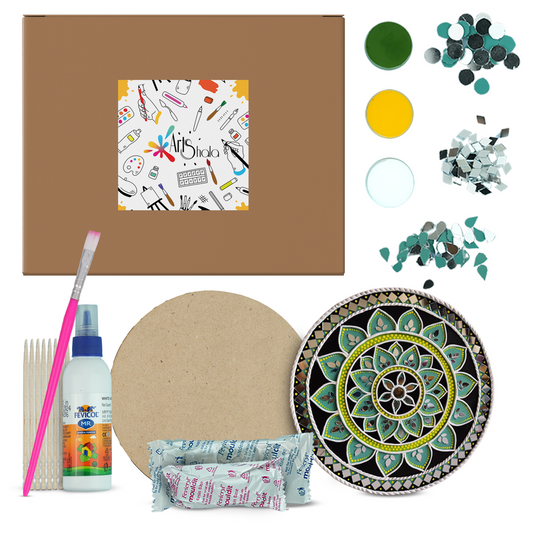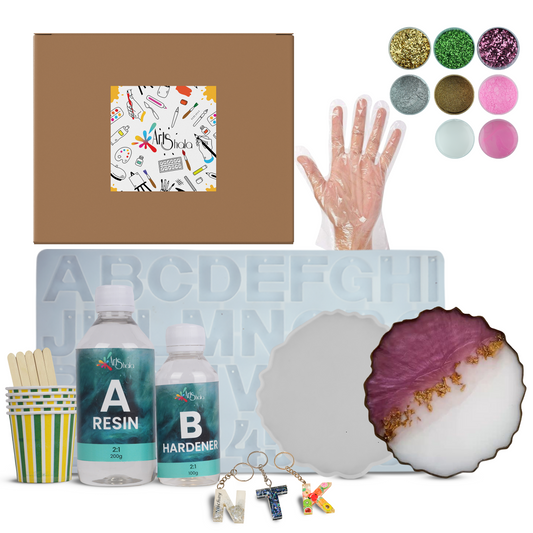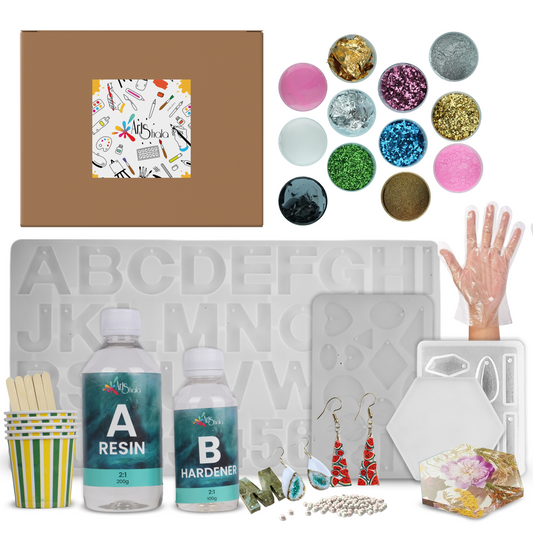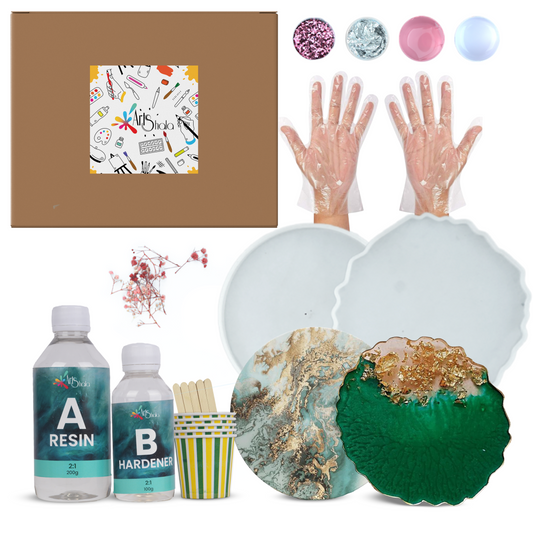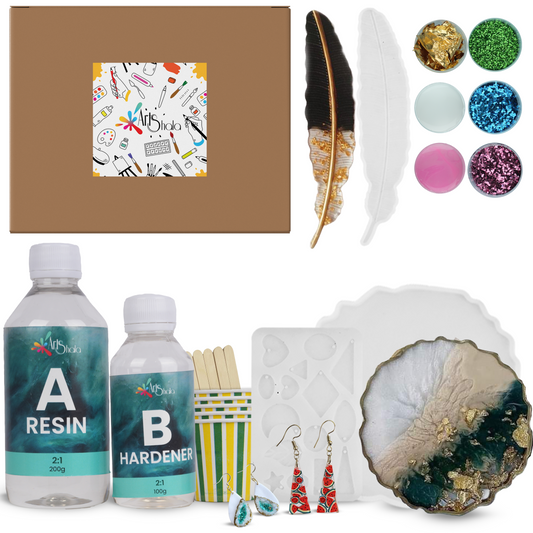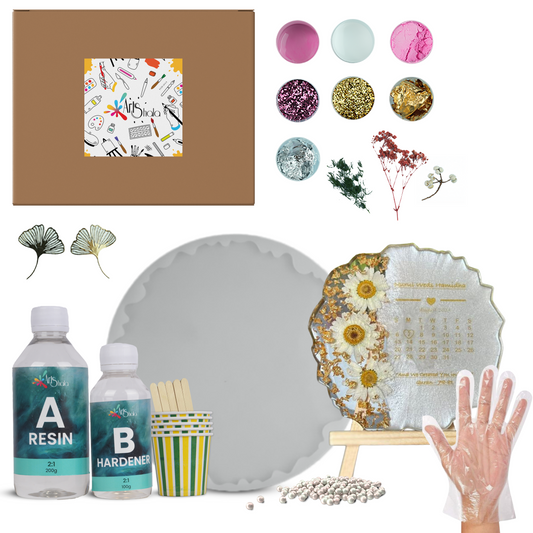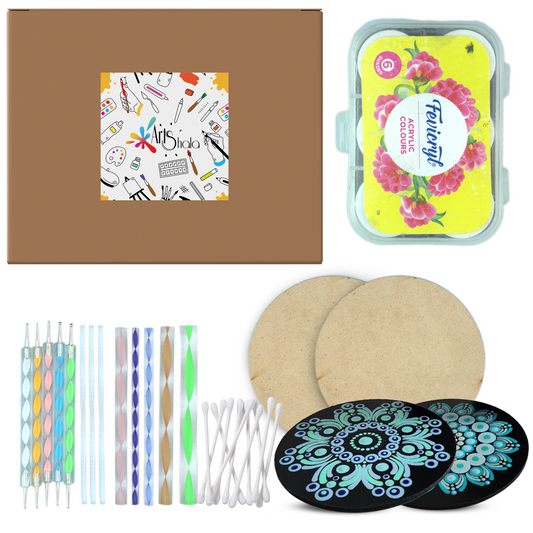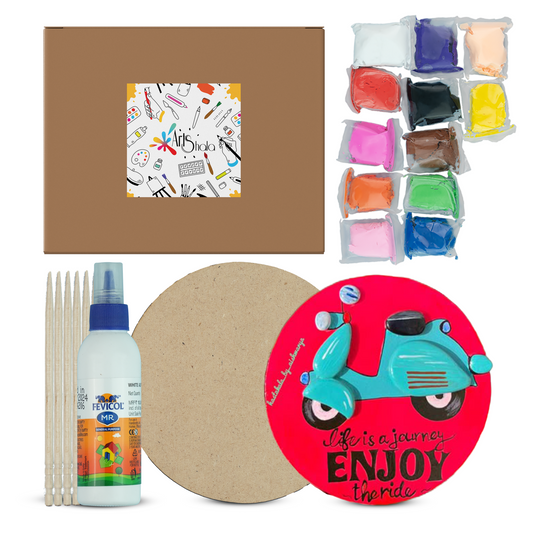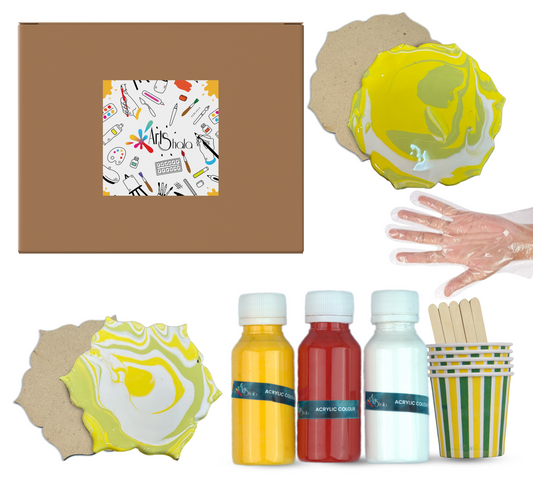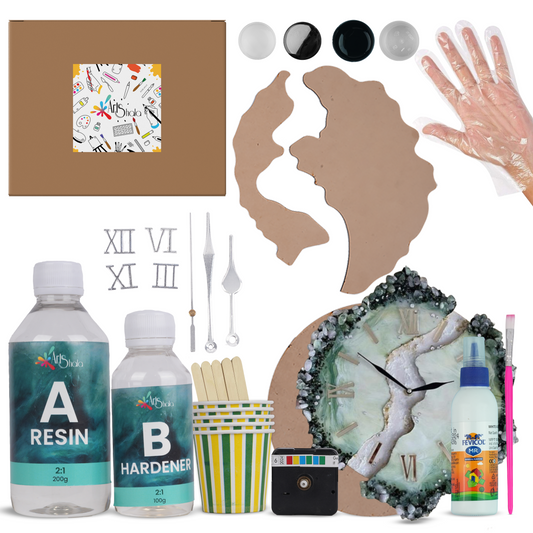Essential Acrylic Painting Supplies for Beginners
Acrylic painting is a versatile medium that beginners can easily explore. Its quick-drying properties and vibrant colours make it an excellent choice for those looking to express their creativity without the complexities of other painting methods. Getting started with acrylics can be exciting, especially when you have suitable materials.
Joining an acrylic painting workshop can be invaluable for anyone ready to explore this medium further. These sessions provide hands-on experience and guidance from experienced artists, helping beginners build confidence in their skills.
Having the right beginner acrylic painting materials ensures a smoother journey as you discover your artistic style. Quality supplies not only enhance your experience but also inspire creativity. Embrace this journey and let your imagination flow!
Essential Supplies for Acrylic Painting
Beginners can keep their collection of acrylic painting supplies small and affordable by starting with student-grade options. Basic supplies include brushes, painting surfaces, palettes, mixing tools, and cleaning supplies. Each section will explore these essentials in detail to help you on your artistic journey.
Acrylic Paint
Acrylic paints are a perfect choice for beginners due to their versatility and ease of use. Here’s why they stand out:
-
Fast Drying Time: Acrylics dry quickly, allowing artists to apply subsequent layers without long waits. This feature is very useful when working on multiple projects or experimenting with techniques.
-
Water Soluble: These paints can be thinned with water, making cleanup easy. Brushes and tools can be rinsed in water before the paint dries.
-
Vibrant Colours: Acrylics come in a wide range of vibrant colours that retain their brightness even when dry, enabling artists to achieve stunning visuals.
For those just starting, it’s advisable to choose student-grade paints. These are more affordable while still providing good quality. This line offers a variety of colours at a reasonable price, making it accessible for newcomers. When building your basic palette, consider including these essential colours:
-
Primary Colours: Red, yellow, and blue are the foundation for mixing a spectrum of hues.
-
White and Black: White helps lighten colours, while black can create shades and depths.
-
Additional Colours: Adding green, orange, and purple expands your colour options for various projects.
Having a balanced selection allows you to mix different shades and tones effectively. As you gain experience, experimenting with additional colours will enhance your creative possibilities.
With suitable acrylic paints, you'll be ready to dive into your artistic journey. The next step involves selecting brushes that suit your style and preferences in painting techniques. Each brush type serves specific functions that can significantly influence the outcome of your artwork.
Brushes
When starting with acrylic painting, choosing the right brushes is essential. There are many types and sizes available, each with its purpose in your artwork:
-
Flat Brushes: These brushes are perfect for making broad strokes and filling large areas. They can also create sharp edges and straight lines.
-
Round Brushes: If you need to work on details or create fine lines, round brushes are your best bet. They are versatile and can also be used for washes.
-
Filbert Brushes: These brushes have a mix of flat and round shapes, which makes them great for blending colours and creating soft edges.
For beginners, it's recommended to start with a small collection of these essential brush shapes. This allows you to explore different techniques without breaking the bank. Here's what you should focus on getting:
-
One or two flat brushes in sizes 6-10
-
A couple of round brushes in sizes 0-4
Regarding bristles, synthetic brushes are an excellent choice for acrylic paints. They are long-lasting, easy to clean, and sustain their shape well. Natural hair brushes can provide a softer touch but may be more expensive and less practical for beginners using student-grade paints.
By building a collection of high-quality brushes, you'll be setting yourself up for success when effectively exploring different painting surfaces, palettes, mixing tools, and cleaning supplies.
Painting Surfaces
Acrylic paints are versatile, and it's essential to choose the right surface for your paintings to get the results you want. There are different options available to suit various styles and preferences:
-
Canvas: It's a popular choice among artists and comes in different forms, such as gallery-wrapped canvas and canvas boards. Its textured surface works well with acrylic paints.
-
Wood Panels: Wood panels are an excellent sturdy alternative. They provide a smooth surface that's perfect for detailed work.
-
Acrylic Paper: Specifically designed for acrylic painting, acrylic paper is a great option. It absorbs paint effectively while allowing for easy blending and layering. Canvas pads are also available for added convenience.
When starting, beginners may find the following sizes suitable:
-
Larger sizes like 16x20 inches for more expansive compositions.
-
Smaller sizes, such as 8x10 inches, are great for practice and easier handling.
Before you start painting, it's recommended that you prepare your surfaces with gesso. This enhances adhesion and ensures better application of paint. It's a simple step that allows acrylics to perform their best on the chosen surface.
Starting with a small collection of these surfaces keeps expenses low while encouraging creativity and experimentation in your art journey.
Palette and Mixing Tools
A well-equipped acrylic painting setup includes a proper palette for colour mixing, enhancing creativity and experimentation. While beginners can start small, having a few essential tools can make a major difference in their painting journey.
Palette Options
-
A plastic paint palette is common, but alternative surfaces like a piece of glass or a ceramic plate work just as well.
-
Palette knives are also handy for mixing paint and creating interesting textures on the canvas.
Colour Blending Techniques
-
Use a combination of colours to create new shades. Start with primary colours (red, blue, yellow) and mix them to discover various hues.
-
Practice blending colours directly on your palette before applying them to your painting surface.
Sta-Wet Palette Recommendation
-
A sta-wet palette keeps acrylic paints moist for longer, allowing for extended working time without constant replenishment.
Having these tools facilitates effective acrylic paint mixing and enhances the overall experience, making it easier for beginners to explore their artistic side.
Cleaning Supplies
Acrylic painting can be fun and rewarding, but keeping your workspace tidy is crucial. Clean brushes and palettes ensure your colours remain vibrant and accurate to their original shades. Here’s what you need to know about cleaning supplies:
-
Water Cup: Essential for rinsing your brushes between colours. This will help prevent muddying your paints.
-
Rags or Paper Towels: These handy tools play a vital role in cleaning. They can quickly wipe off excess paint from brushes, keeping them in good condition.
-
Regular Cleaning: It's essential to clean your brushes properly after each painting session to maintain their shape and effectiveness. Acrylic paints can dry quickly, making them harder to clean once they harden.
Conclusion
Starting your acrylic painting journey can be exciting and daunting, but with the right supplies and knowledge, you'll be well-equipped to create beautiful artwork. Investing in quality paints, brushes, and cleaning supplies ensures that your creative process is smooth and enjoyable. To learn more about acrylic painting, Contact Us on Arts Shala today to improve your skills and connect with other beginners through workshops that can give you valuable hands-on practice. So go ahead, unleash your creativity, and let your imagination soar on the canvas. Happy painting!



